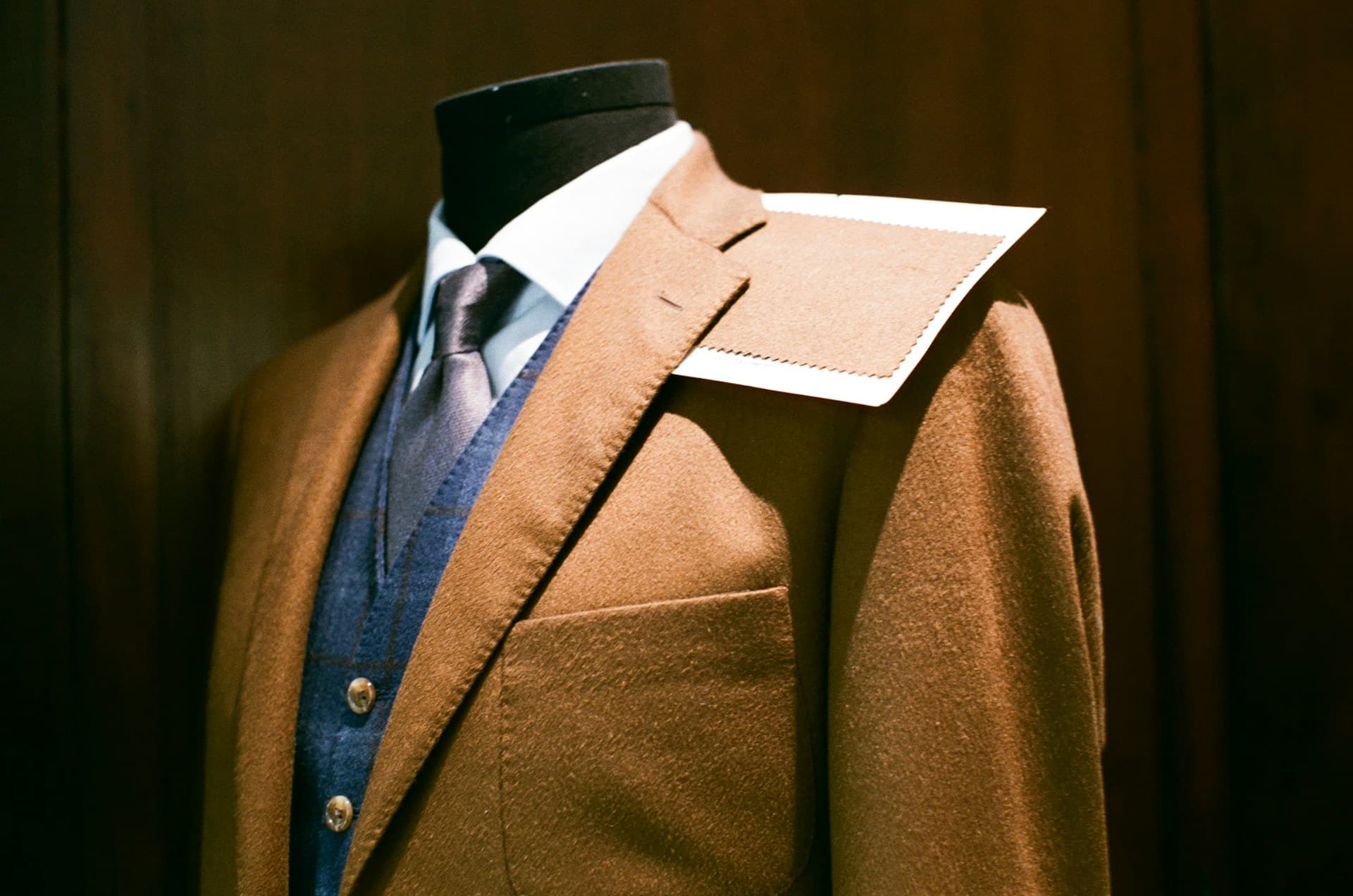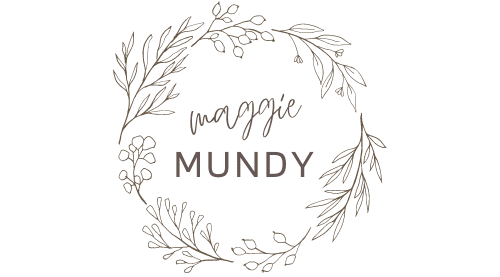How to Tailor a Vegan Leather Jacket for a Snug Fit?

When it comes to creating a stylish and contemporary look, a leather jacket has always been a go-to staple. But as more individuals are adopting a vegan lifestyle, faux leather jackets have made their way into the fashion limelight. The catch is, finding a vegan leather jacket that fits perfectly can be a bit of a challenge. This is where tailoring comes in. By getting your jacket altered to suit your frame, you can enjoy the best of both worlds - ethical fashion and a great fitting jacket. In this article, we'll guide you on how to tailor a vegan leather jacket for a snug fit.
The Importance of Jacket Length and Fit
Before we delve into the specifics of tailoring, it's essential to understand what constitutes a well-fitting jacket. The length, the fit, and the style are three key aspects that can make or break the look of a jacket.
Sujet a lire : Which Indoor Plants Are Best for Improving Air Quality and Enhancing Mood?
A jacket's length should ideally hit at the waist or hips, depending on the style. While bomber jackets tend to be more cropped, biker jackets usually fall at the hip level. The fit should be snug but not tight, allowing enough space for layering underneath. The style, on the other hand, is a matter of personal preference. While some might love a classic biker jacket, others might prefer a sleek bomber or a sophisticated longline coat.
When your jacket doesn't meet these criteria, alterations become a necessity. This is especially true for vegan leather jackets, which may not drape or mould to the body as naturally as real leather.
Cela peut vous intéresser : What Are the Steps to Effectively Transition from a Corporate Job to a Freelance Wellness Career?
Identifying Areas for Alteration
Identifying areas that need alteration is the first step in tailoring your jacket. The sleeves, shoulders, and body of the jacket are common areas that usually require adjustments.
If the sleeves of your jacket are too long or too baggy, they can be shortened or slimmed down. If the shoulders are too wide, these can also be taken in, but keep in mind that shoulder alterations are more complex and therefore more expensive. The body of the jacket may also need to be taken in or let out to ensure a flattering fit.
Remember, while some minimal changes can be made at home, it's best to leave more complex alterations to a professional tailor, particularly when dealing with materials like faux leather.
Choosing a Tailor
Selecting a tailor to carry out your jacket alterations is a vital step. The best tailor for the job will be one who has experience with faux leather. This is because faux leather, or vegan leather, has a different texture and behavior than real leather, so it requires a particular skill set and tools for sewing and tailoring.
A quick online search should provide you with a list of tailors in your area. Be sure to read reviews and check their experience in handling vegan leather. Don't shy away from asking them directly about their experience either. It's also worth checking whether they offer a fitting session as part of their service. A good tailor will want to see you wearing the jacket to understand exactly how it needs to be altered for a perfect fit.
The Tailoring Process
Once you've chosen your tailor, they will take you through the tailoring process. This typically involves a fitting session, during which the tailor will take various measurements and pin the jacket to show you how it will fit post-alteration.
They will then proceed to make the alterations, which can involve sewing seams to take in excess width, shortening the sleeves, or even adding or replacing the lining. Depending on the extent of the alterations required, this process could take anywhere from a few days to a few weeks.
Post-alteration Care
Finally, once your jacket has been tailored to your satisfaction, it's crucial to know how to properly care for it. Faux leather jackets, though durable, do require special care to maintain their look and feel.
Avoid getting your jacket wet as much as possible, as water can cause faux leather to warp or crack. Clean it with a damp cloth and mild soap, and store it in a cool, dry place away from direct sunlight. If your jacket has been tailored significantly, it's best to avoid harsh cleaning methods like machine washing or dry cleaning, which can damage the jacket and undo the tailor's hard work.
In conclusion, tailoring a vegan leather jacket for a snug fit involves an understanding of what makes a well-fitting jacket, identifying areas for alteration, choosing an experienced tailor, going through the tailoring process, and knowing how to care for your jacket post-alteration. With these steps, you'll be sure to have a vegan leather jacket you love and fits you perfectly.
Selecting the Right Tailor and Tailoring Process
Choosing the right tailor to handle the alterations on your vegan leather jacket is essential. Since faux leather has a unique texture and behavior compared to real leather, it demands a specific set of skills and tools for sewing and alterations. Therefore, the best tailor for the task will be one with ample experience handling faux leather.
To find such a tailor, perform a quick online search in your locale. Ensure to read through their reviews and verify their experience dealing with vegan leather. It's also advisable to directly enquire about their experience. Importantly, check if they offer a fitting session as part of their service. A competent tailor will want to see you in the jacket to understand precisely how to alter it for a better fit.
The tailoring process usually starts with a fitting session. The tailor will take various measurements and pin the jacket to give you a preview of how it should fit after the alterations. They will then proceed to make the necessary changes, which could involve sewing seams to reduce the width, shortening the sleeves, or even fixing or replacing the lining. Depending on the amount of work required, the jacket alteration process could take anything from a few days to weeks.
Post-Tailoring Care and Maintenance
After your leather jacket has been altered to your liking, it's important to learn how to properly care for it. While faux leather jackets are durable, they do need special attention to preserve their appearance and texture.
Try to keep your jacket dry as much as possible since water can cause faux leather to warp or crack. Use a damp cloth and mild soap to clean it and store it in a cool, dry place away from direct sunlight. If your jacket has undergone significant alterations, avoid harsh cleaning methods like using the washing machine or dry cleaning as these can harm the jacket and reverse the tailor's work.
Conclusion
To sum it up, tailoring a vegan leather jacket for a snug fit requires a clear understanding of what constitutes a well-fitting jacket, identifying the parts that need alteration, selecting an experienced tailor, and knowing how to take care of your jacket after being altered.
When these steps are carefully followed, you can be assured of a vegan leather jacket that doesn't just fit perfectly but also echoes your style and ethics. So, next time you buy a vegan leather jacket that doesn't fit right, remember it's not a fashion faux pas; instead, it's an opportunity to tailor it to your specifications and enjoy a jacket that complements your frame perfectly.
